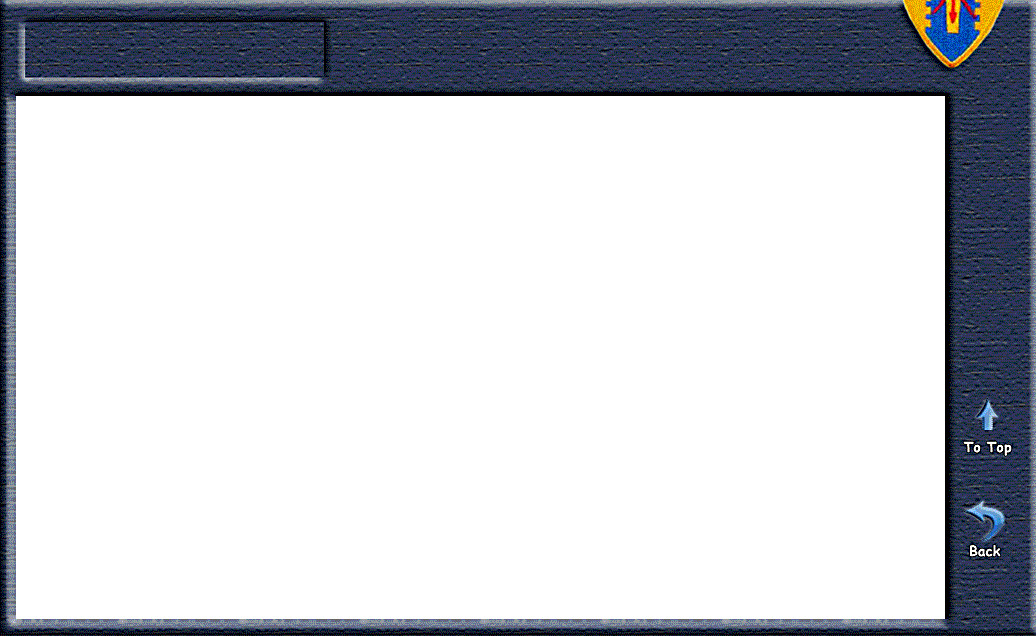

Battle for Saigon Book Input - Jan 68
Tom Fleming (also note Battle for Saigon Discussion)
Tom provided the following to the author Keith William Nolan in 2006 as he was researching his book “The Battle for Saigon: Tet 1968”
By way of background I was assigned to D Troop (Air), 3rd Squadron, 4th Cavalry, 25th Infantry Division from 8 February 1967 to 8 February 1968 as a helicopter pilot, Service Platoon Cdr. and Troop Cdr.
I left the unit the first day of the TET Holiday for the 90th Replacement Battalion, Long Binh and spent about seven days there awaiting evacuation from Bien Hoa to CONUS. In the week leading up to the TET Truce my unit was given the mission of planning and conducting extensive ground and air patrolling of the Free Fire Areas astride the South side of the Saigon River (Bo Loi Woods, Hobo Woods & Filhol Plantation). We were to insert several LRRP Teams and maintain contact, support and extract them as necessary.
(This unit had been a part of D Troop until July or August 1967 when it was disbanded and reorganized into a company sized unit, Company F, 50th Infantry. D Troop trained the LRRPs in insertion and extraction by air which was their principal method of employment. In most cases the LRRP Teams were under the operational control of D Troop during their employment prior to TET 68 and were billeted within the D Troop area to maintain their close association.)
The plan we developed called for multiple LRRP Teams across a broad front inserted by both air and ground elements (stay behind insertion). The Aero Scout (armed OH-23Gs) teams over watched by armed UH-1C gun teams were to screen across the front and throughout the free fire areas and search for truce violations. The Aero Rifle Platoon (35 riflemen in 4 squads and a Hq element specially trained and equipped for dismounted reconnaissance and independent squad operations) and the Aero Weapon Section (UH-1C) and the lift helicopters of the Aero Rifle Plat were to react to the LRRPs, rescue downed air crews, conduct patrolling and react to violations of the Truce encountered. The order directing this mission was issued by the 25th Infantry Division and included a reaction force of a company of the 2nd Bn, 27th Inf on 30 minute call. My replacement arrived 10 days before my departure and I guided the new to be commander and a new Flight Operations Officer through the planning process. It was my intent that they should do as much of the planning and coordination as possible for the mission they would be executing so that if they ran into any action they would be executing what they planned.
In the five months I was assigned as the troop commander I never left the unit area or lowered my command readiness other than R & R and the one day of stand down we received in December 1967. I planned on my last day to stand down and pack and clear. At the end of my last day a change of command was planned for when the troops closed back to the area from their first day of operation under the XO with the new replacement commander easing himself into his new position. At 1500 the Flight Operations Sgt called my quarters and said that I was needed in the operations center. When I arrived the troop XO with the new commander in the Command & Control helicopter was on the radio and informed me that he was coming back to get me to straighten out the situation. Without telling a long drawn out tale at this time I will close the description of this incident by relating that I went airborne with the XO and stayed with the survivors and the relief reaction force directing our part of the action, maintaining contact with the Aero Rifles, providing illumination and supporting the LRRP teams until 02:30 when the survivors were relieved and evacuated to the 12th Evacuation Hospital, Chu Chi; where I debriefed the survivors. The LRRP teams were reporting all night long of masses of enemy troops passing their positions and in many cases needed assurance that we would come to their rescue if they were compromised. They did, for the most part, heroic work that night reporting and calling in fire missions on the advancing enemy.
At 08:00 I had my change of command and as I was departing LTC Otis the Squadron Cdr. told me that the unit we had been fighting all night was the HQ’s element of a regiment and the battalion guarding them and that they were badly mauled. I was subsequently told that the unit we tied up that night was assigned the mission to take and hold the Hoc Mon Bridge on Route 1. This is the uncompromised bridge that the Squadron passed over in its relief of Ton San Nut Air Base and Saigon that night and the next morning. If this bridge had been destroyed the Squadron could not have made its historic relief of Tan Son Nhut.